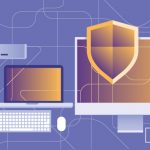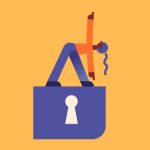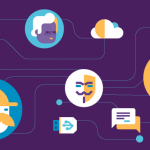
When it comes to data security risks, every industry has its own specifics, depending on the type of information it works with or it stores, depending on the technology it uses, etc. Consequences of data breaches, however, are pretty much the same, regardless the industry or business, and so are the errors they make with respect do data security and the users’ behavior when working with confidential data.
Data breaches or loss of critical information happen where and when least expected. In most of the cases, data breaches or data losses are caused incidentally by employees; protecting endpoints only from external threats, like malware, is not enough anymore. Insider threats have become more powerful, causing high-costly damages to the business, or even shutting it down. One of the leading causes is the fact that these days, employees are encouraged by companies to use a variety of devices in the workplace, such as tablets, smartphones, laptops, USBs, etc., or cloud apps like Slack, Skype, Dropbox, and others, in order to increase productivity and efficiency at work. But only a few empower employees also with the right data security tools and knowledge to prevent the data threats caused by using such devices and apps. We have spoken before about best practices to secure endpoints, about the most important solutions to implement and how to integrate them into the existing infrastructure. It is also important to stress out the most common mistakes businesses do when securing endpoints so you know how to avoid them.
Read more about the most common errors businesses make trying to secure endpoints in the Dark Reading article written by Roman Foeckl, founder and CEO of CoSoSys.
Download our free ebook on
Data Loss Prevention Best Practices
Helping IT Managers, IT Administrators and data security staff understand the concept and purpose of DLP and how to easily implement it.












